Kinosaki Onsen's Guardian Buddhist Temple
Healing Waters
When word reached far and wide of the healing waters of Kinosaki Onsen, people from all over suffering from bodily ailments came to Kinosaki looking for relief or a cure.
Many of those that came looking for a cure or relief found it.
At the end of their stay in town, they would leave their canes and other mobility aids that they no longer needed at Onsenji Temple’s altar as proof of being cured and thanks for the hot spring’s healing powers.
Today you can still see some of these items on display at the temple.
Visitors to Kinosaki would traditionally first make a pilgrimage to Onsenji Temple’s main hall.
They would pray to the hot spring’s guardian for a blessing to be healed by the waters before entering the sacred hot springs.
They would then receive a “yu-shaku,”or hot spring ladle that would serve as an entry ticket to the hot springs.
Without this ladle they would not be allowed to enter the waters.
Today the ladle is not needed, but can still be purchased at Onsenji Temple.
The Tale of Dochi Shonin
Onsenji Temple houses a statue of the Buddhist monk Dochi Shonin.
According to legend, Dochi Shonin traveled across Japan doing everything in his power to heal the people he met and give them good fortune.
When he arrived in what is now known as Kinosaki Onsen, he saw that the people living here were very sick.
One night during his visit, Dochi Shonin received a vision.
The vision told him that if he stayed and prayed for 1,000 days without eating, drinking, or sleeping, something good would happen to the local people.
Dochi Shonin obeyed the vision’s request, and on his 1,000th day of prayer, it is said that Kinosaki’s hot spring waters miraculpusly sprung up at the bathhouse Mandara-Yu from beneath the earth.
The springs continue to bless the town and those who bathe in its waters.
The Thousand-Armed Bodhisattva of Mercy
Contained within the first room of Onsenji Temple is the Thousand-Armed Bodhisattva of Mercy.
What is rare about this statue is that unlike most that have 42 actual arms, this one originally had 1,000 arms individually carved.
Due to wear and tear from the past centuries, the statue now has 834 arms remaining.
The Eleven-Faced Kannon Bodhisattva
Housed within the main room of Onsenji Temple is a rare and sacred Bodhisattva (a Buddha-like figure) called the Eleven-Faced Kannon Bodhisattva. It is a designated national treasure and is only fully displayed every 33 years for a period of 3 years.
Legend says that the Buddhist priest Keimon had a project carving three Buddha statues from one tree – one would be carved from the bottom of the tree, another from the middle of the tree, and one more from the top of the tree.
Before he could complete the statue using the top of the tree, Keimon fell ill with palsy.
The statue was then enshrined in an unfinished state.
Around this time Keimon had heard about the miracles of the holy hot spring waters in Kinosaki, so he then traveled to Kinosaki in hopes to cure his illness.
During his leave, it is said that ill luck befell the town where the uncompleted statue was enshrined.
The town felt that the statue was the cause, so they tossed it into the river.
It then floated down the river where it was discovered and pulled out by the next town, and then again the town appeared to be cursed.
The statue was again thrown in the river and the cycle continued, until one day, the statue had floated all the way up north to Kinosaki Onsen.
Keimon discovered the statue, and the town’s founder Dochi Shonin told him that the statue was angry that it has not been completed yet, and that he must complete the statue to stop the curse.
Keimon completed the statue, entrusted it to Dochi Shonin, and returned to his home in Nara.
In 738, news of the town and its miraculous hot springs reached the emperor.
The emperor made an imperial decree that gave Onsenji Temple the honor of becoming Kinosaki’s official guardian Buddhist temple, and the Eleven-Faced Kannon Bodhisattva became the temple’s principal object of worship.
During the 3 years the Kannon is on display, there are 5 colored strings tied to the statue’s left wrist that lead out to the main viewing space, that are then wound around an object that is placed in front of a small altar.
This allows visitors a chance to “touch” the statue.
Information listed below was last updated 04/2025 and is subject to change.Contact the business directly for updated information. Note, most businesses can only speak Japanese.
BUSINESS INFORMATION
- Business Hours
- 9:00-17:00
- Entrance Fee
- 300 JPY
- Language Support
-
Sorry, but only Japanese is spoken.
LOCATION
985-2 Kinosakicho Yushima, Toyooka, Hyogo 669-6101
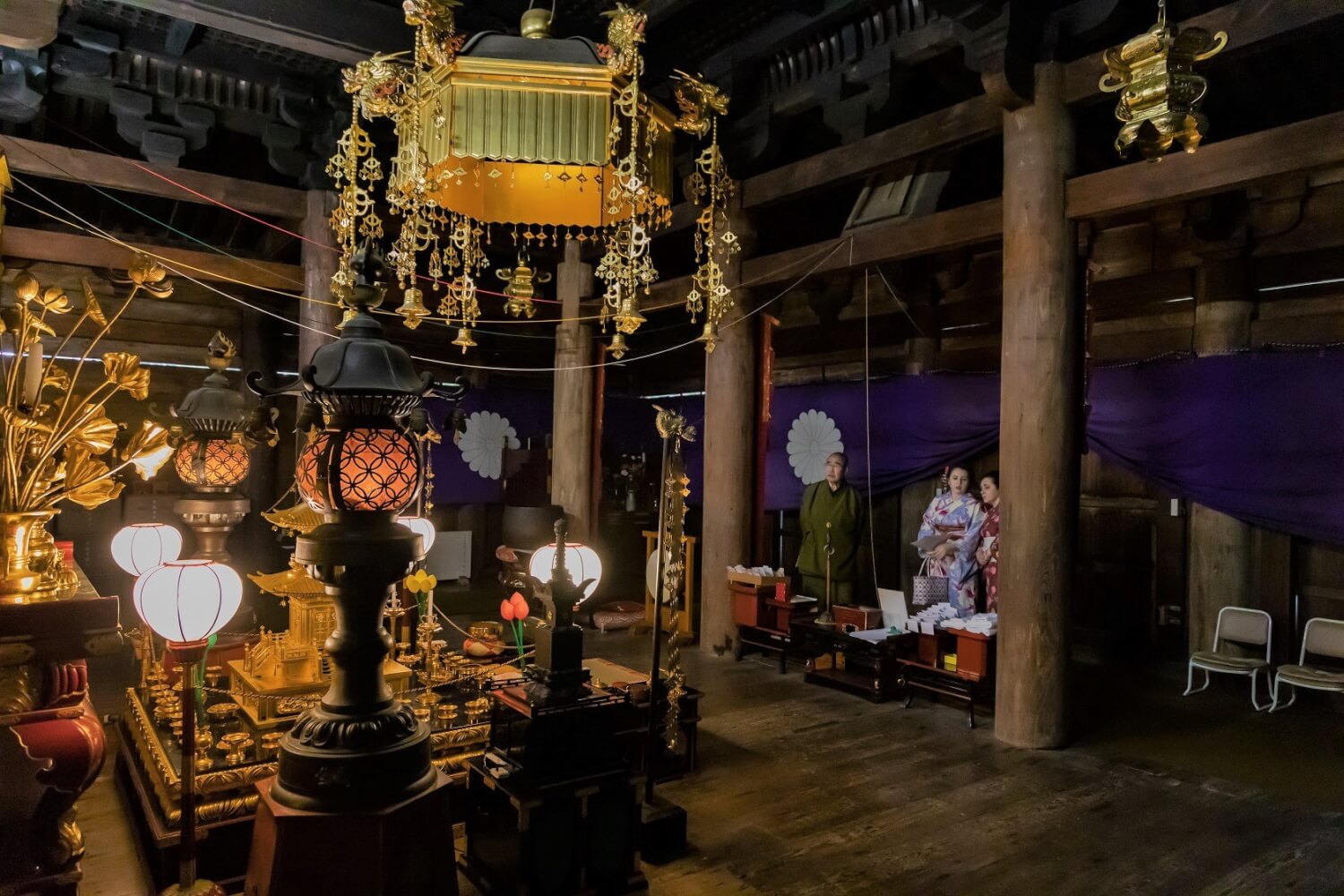
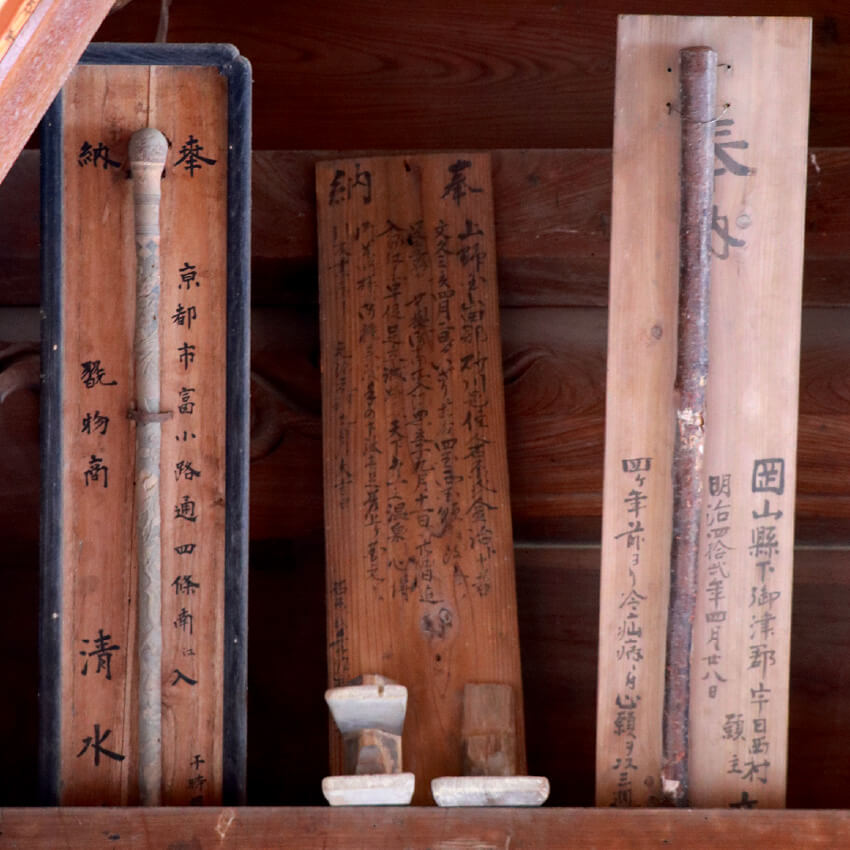
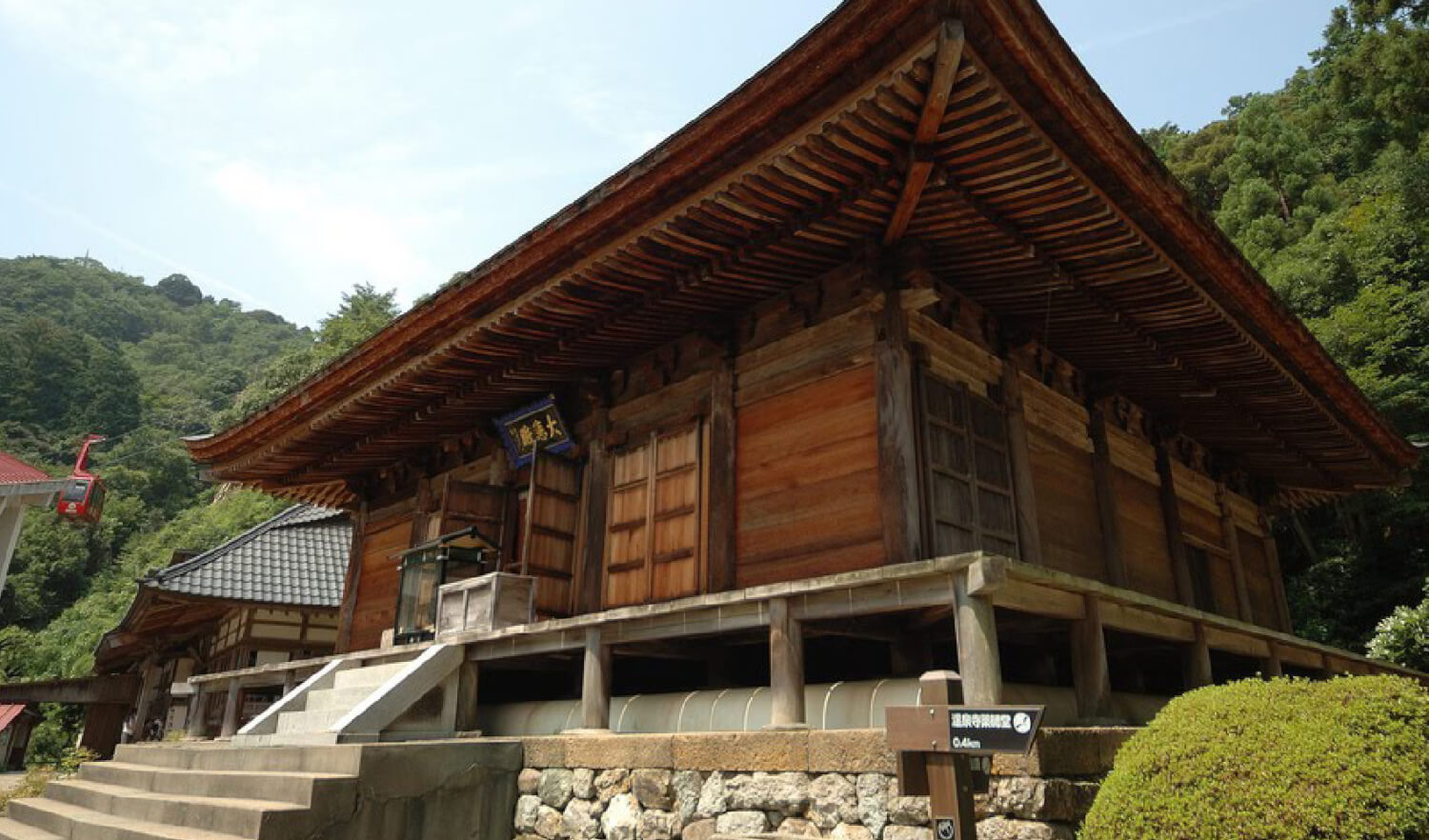
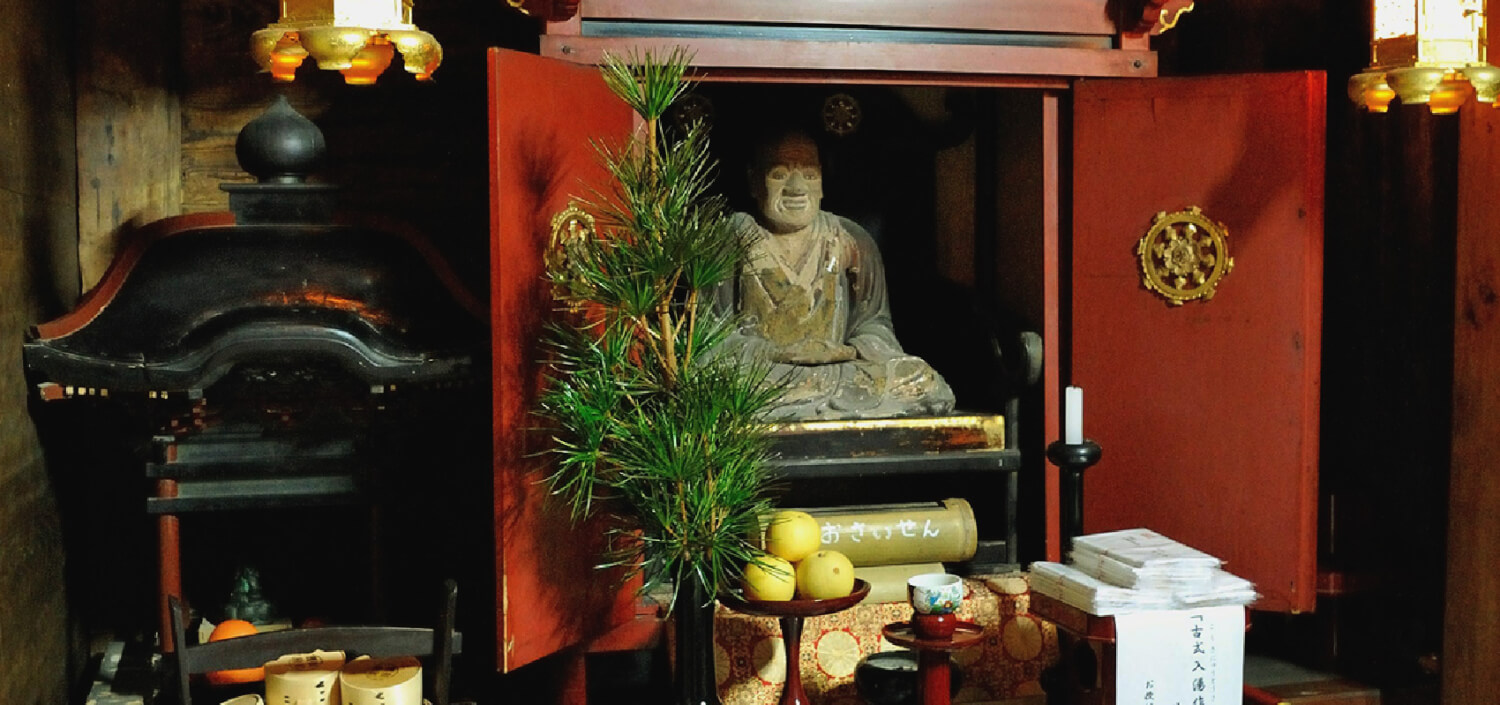
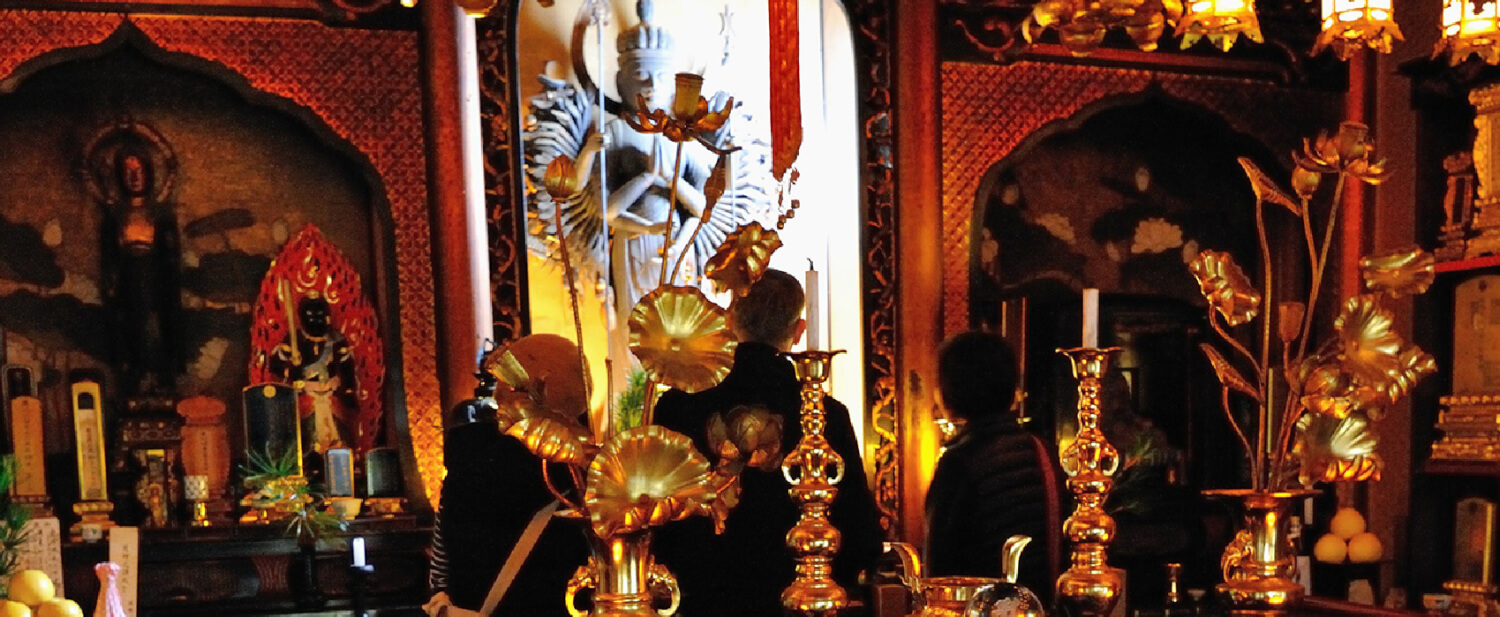
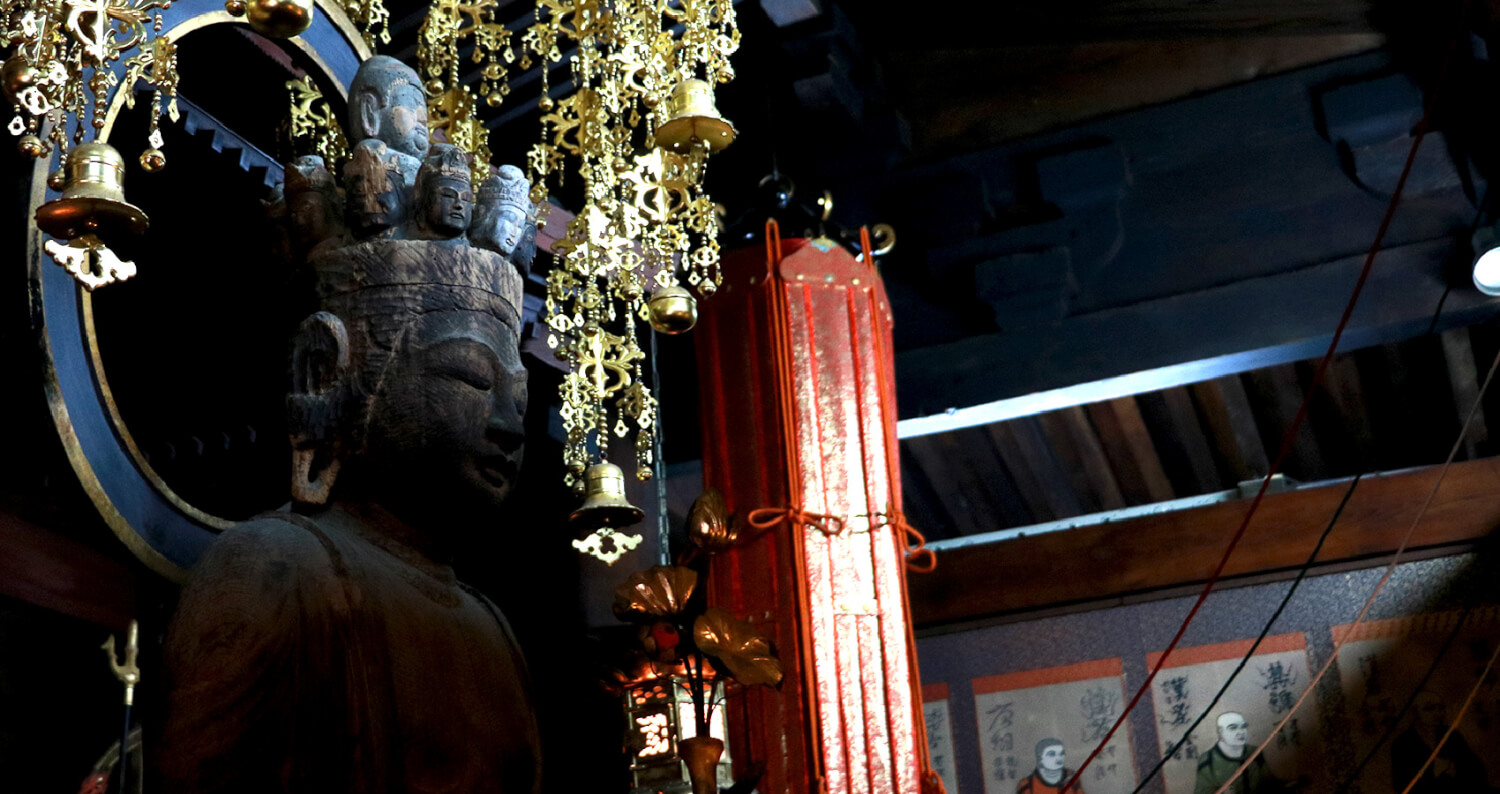
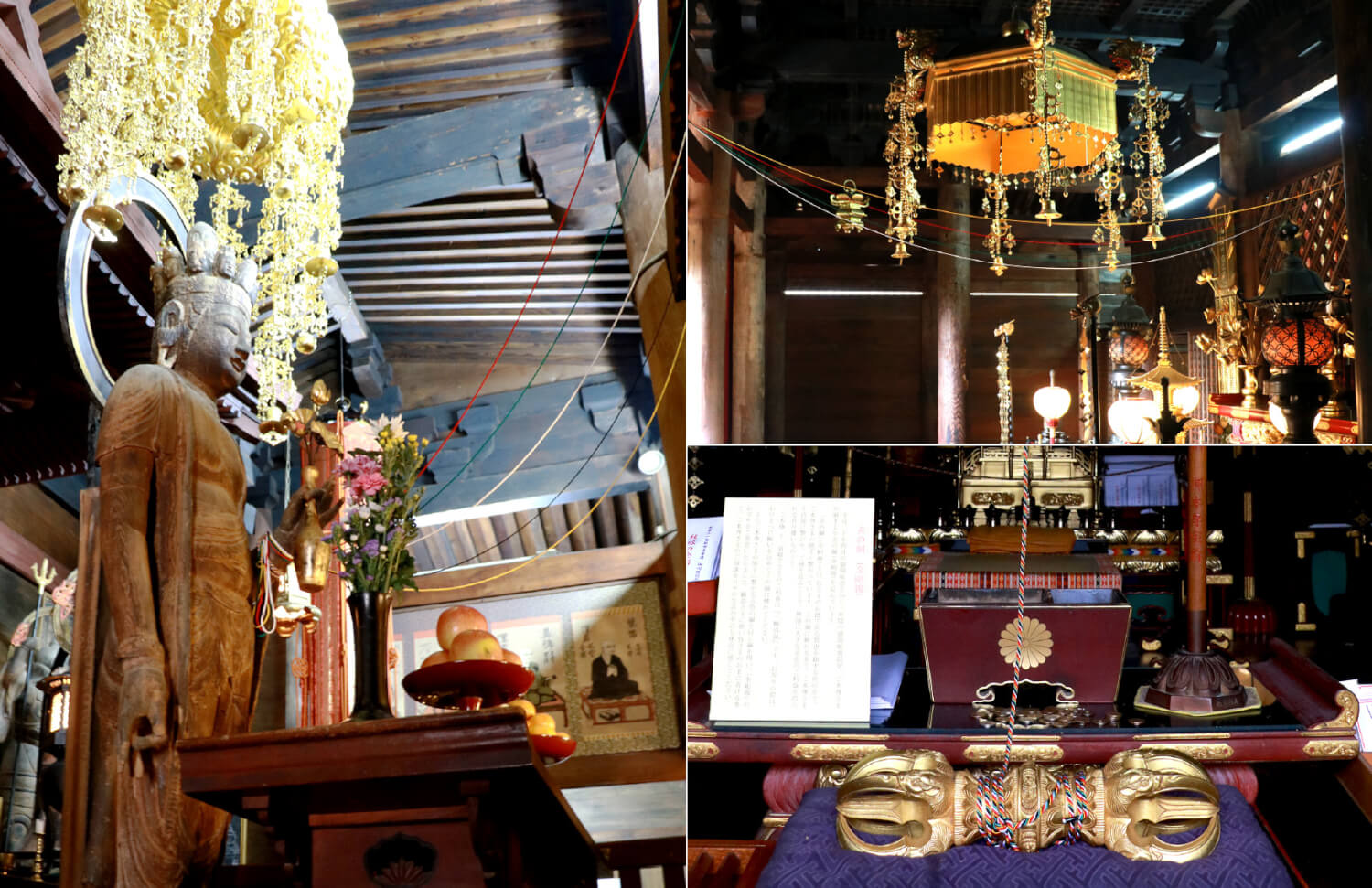
Plan on visiting any of the hot springs in Kinosaki Onsen?
You should perhaps first visit the hot spring’s guardian Buddhist temple, as many have done before you, before entering these waters and receiving their healing powers.
Healing powers? Yes, Kinosaki Onsen’s hot spring waters have been known for their healing abilities ever since the town’s founding.
Onsenji Temple’s main building is located midway up Mount Daishi.
You can climb the stone steps or take the Kinosaki Ropeway up to the temple, and you can book a guided tour of the temple grounds here.